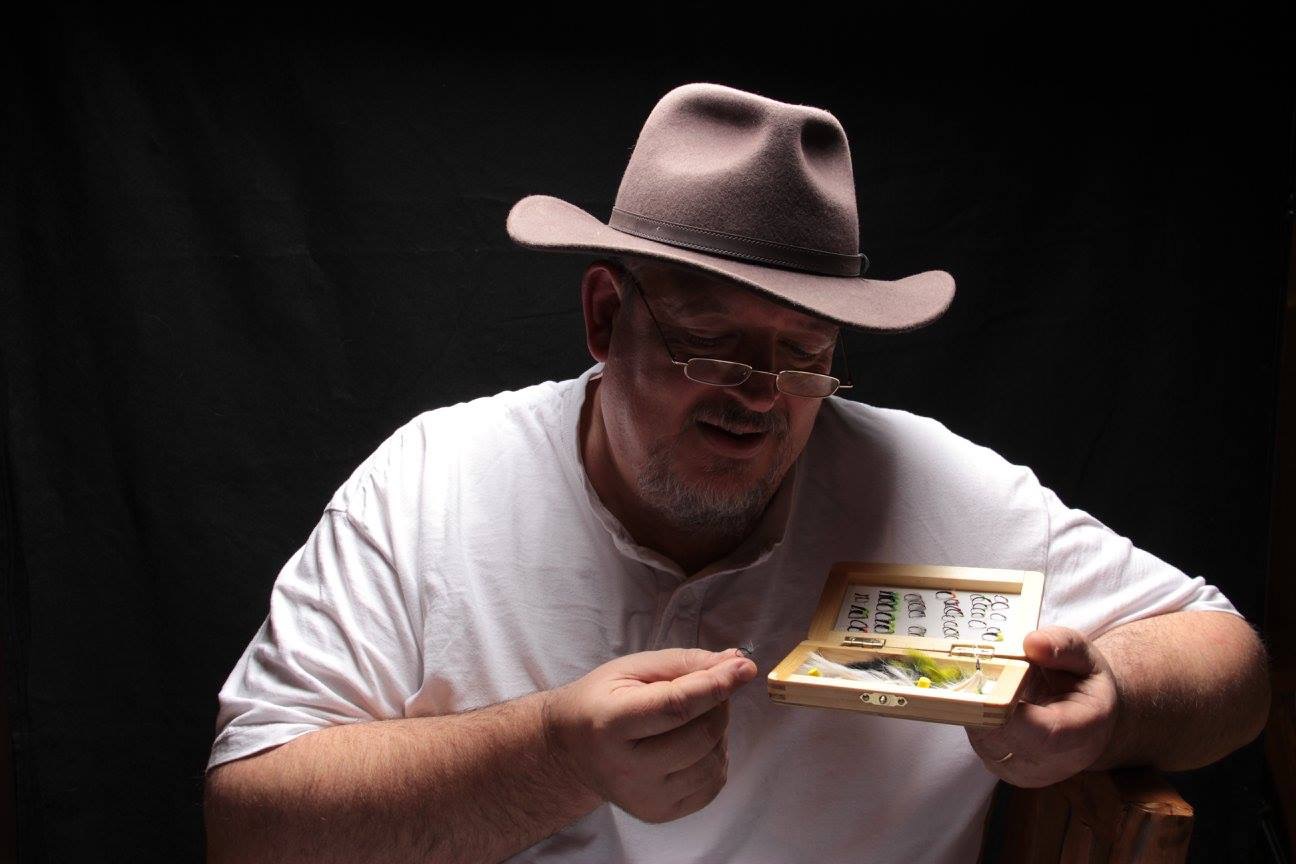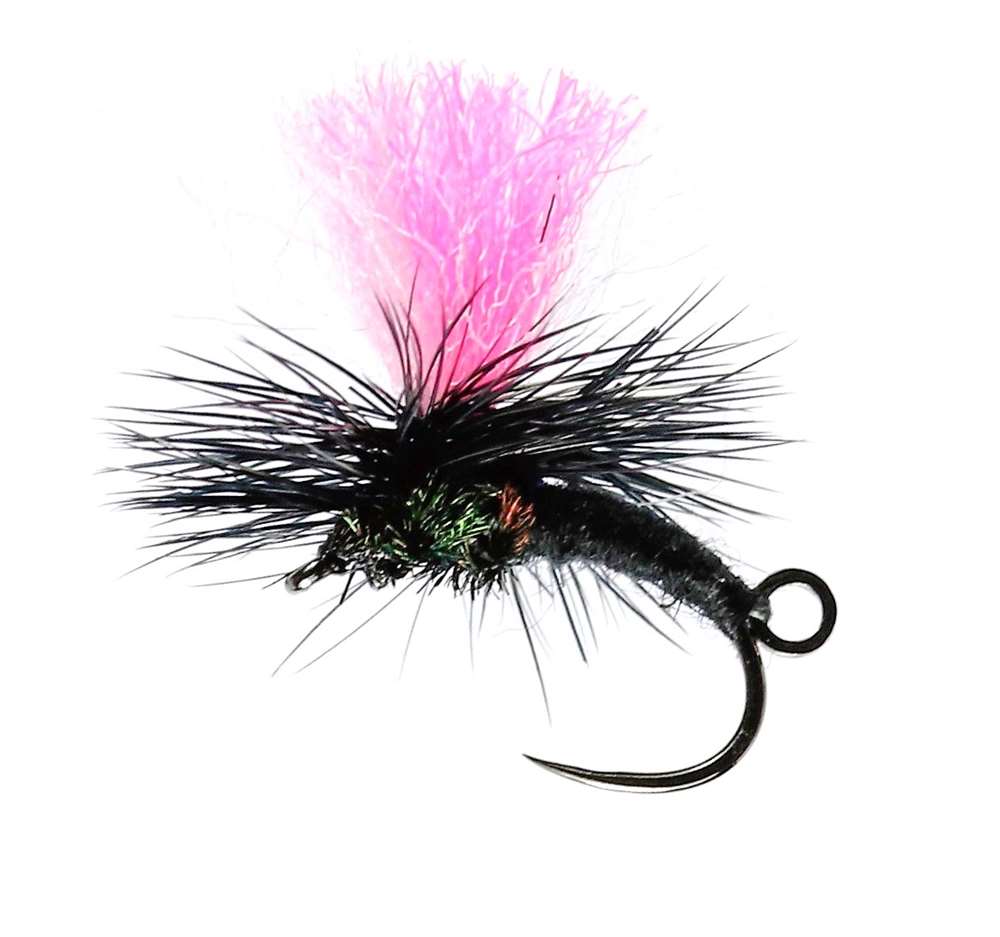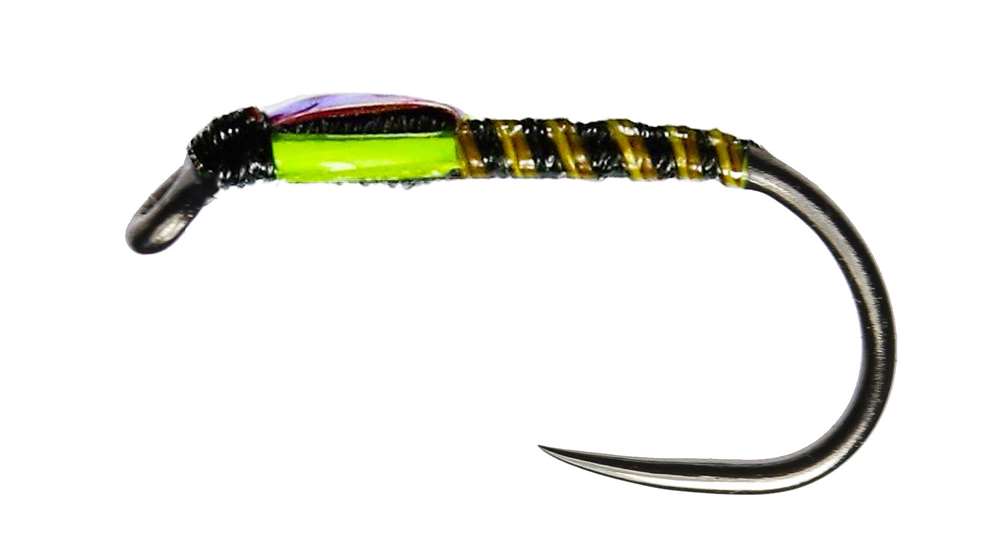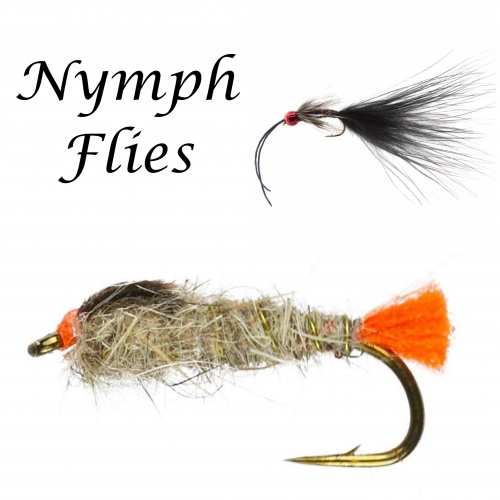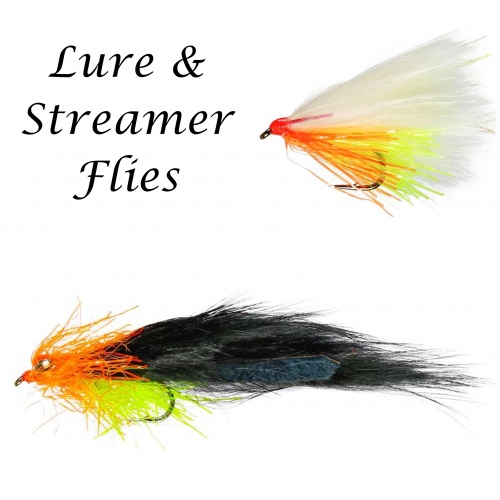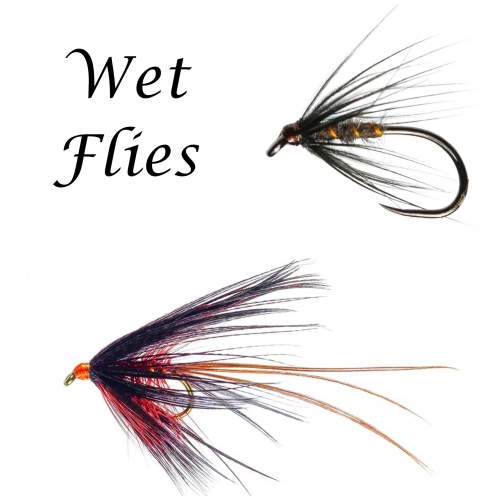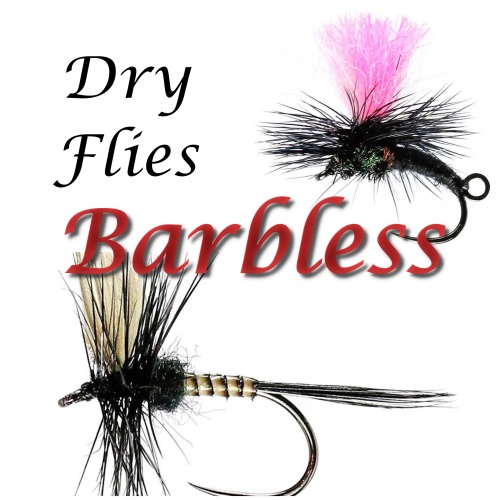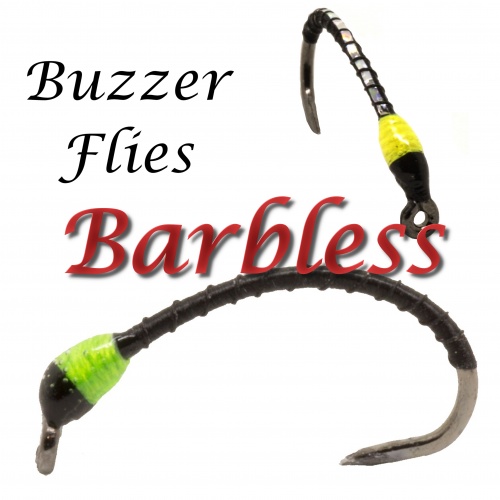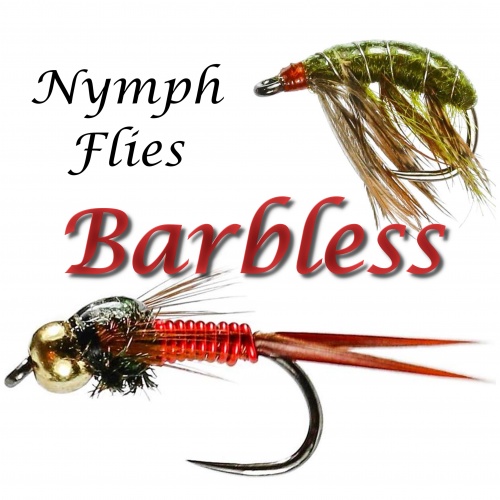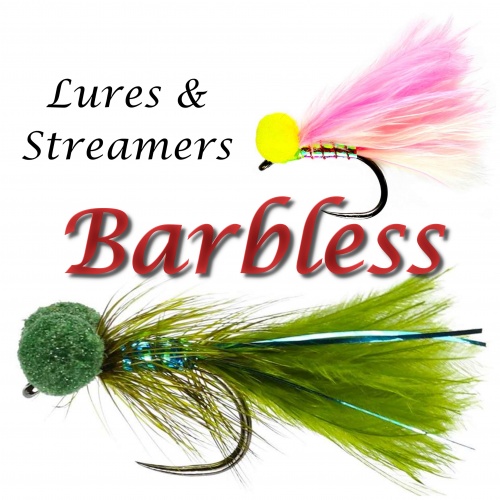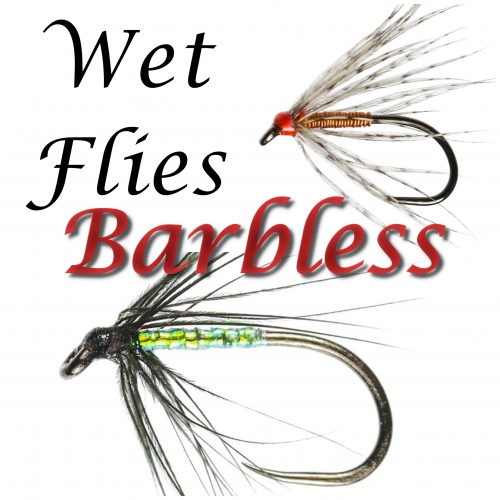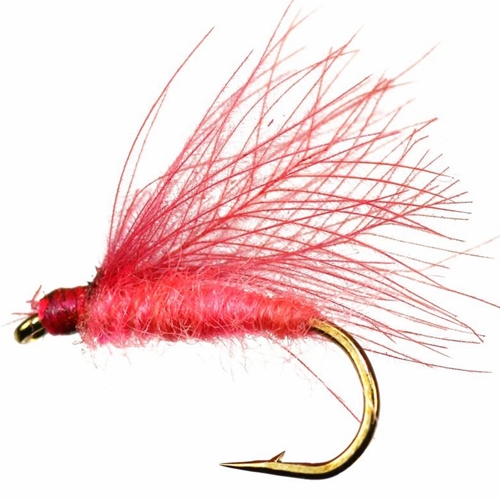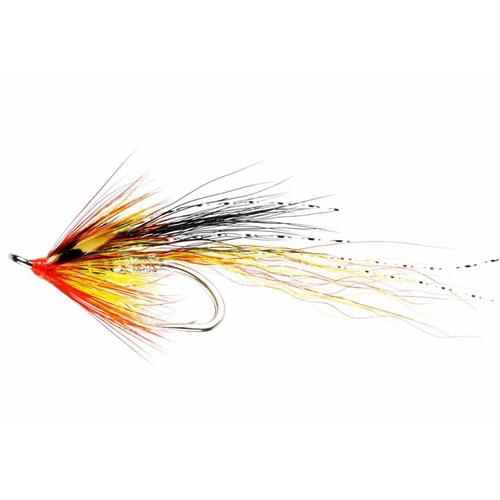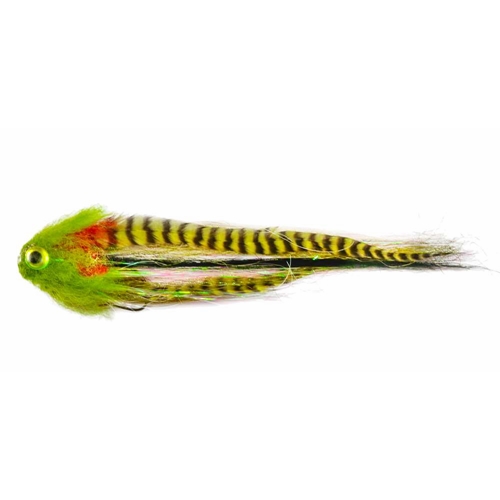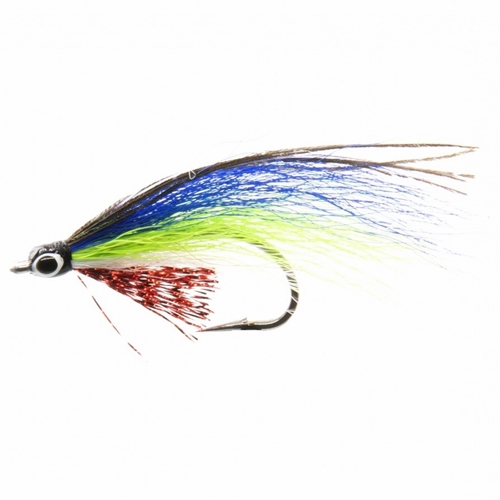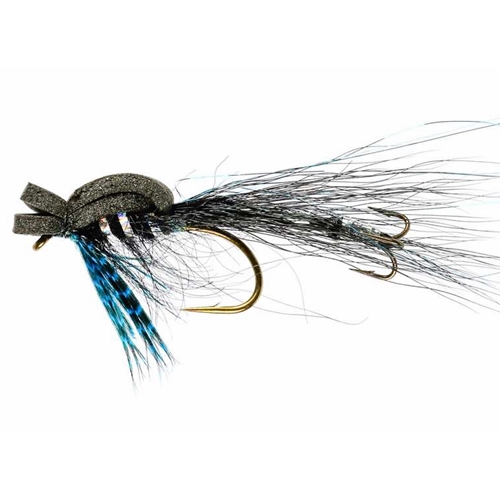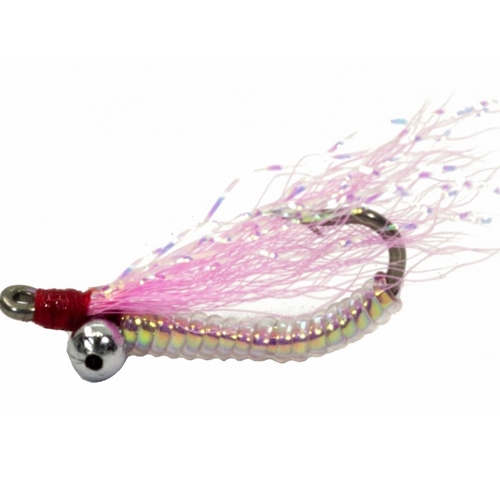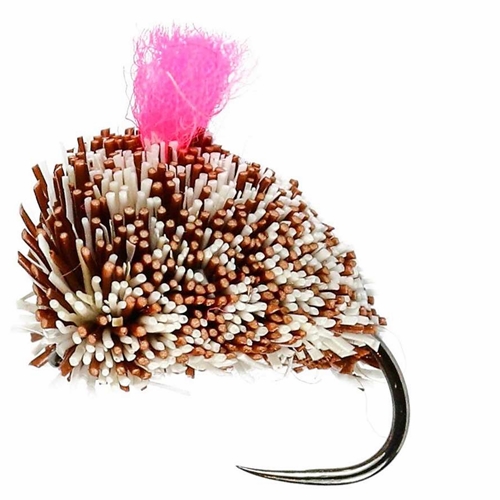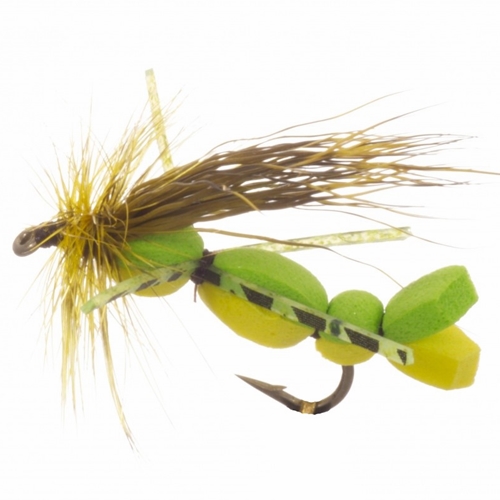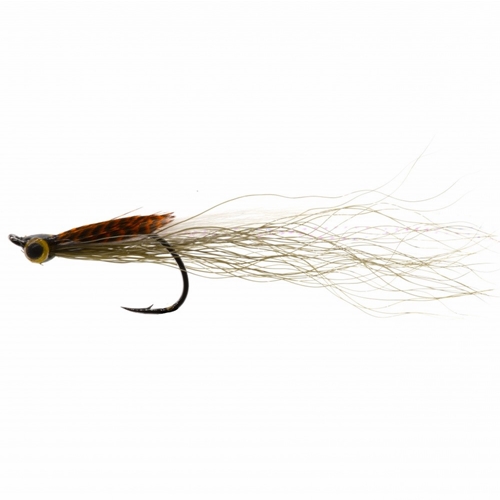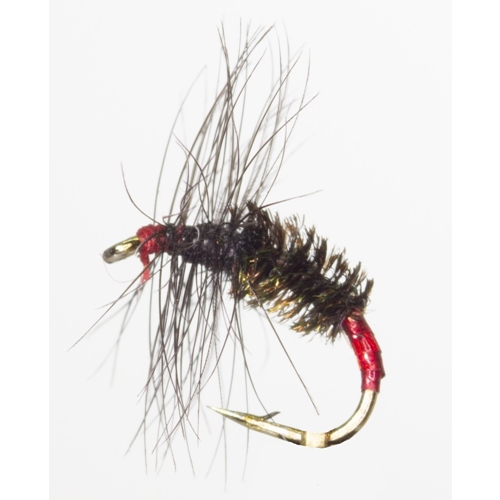Fly fishing is a sport, and an art, has variants in technique, materials and styles all around the world. The traditional Japanese method is known as "Tenkara" (in Japanese this literally means: "from heaven"). The first known reference to tenkara fly fishing was in 1878 in a book called "Diary of climbing Mt. Tateyama".
Tenkara is the only fly-fishing method in Japan defined by using a fly and casting technique where what is actually being cast is the line. The method originated in the mountains of Japan as a way for professional fishermen and inn-keepers to harvest local fish. The fishermen would catch ayu, trout and char, both to sell and to provide food for guests. A small-stream fishing method they preferred because of its efficiency was to use a long rod that allowed the fishermen to place the fly where the fish would be.
Possibly it could be called laziness simply to use a very long pole so you can reach out to your prey more easily. But, after all, many Japanese arts and sports are designed to get the maximum benefit from the least effort, with elegance and style ruling above all else. If you practice a Zen style of fly fishing you might well start, as the song goes, “turning Japanese.”
